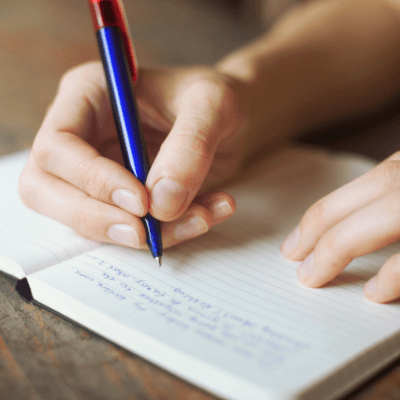Creative Writing B
$795.00
Description
Creative Writing course will help you find your writing voice and use it to make original, powerful—sometimes even odd or startling—art. Writing literature, like creating visual art, requires a deep and intimate knowledge of the medium (in this case, words), the ability to wield the tools that artists use, and plenty of practice with the creative process. The lessons in this course will show you some new ways to explore all of these elements; they will also demonstrate how to build a supportive and inspiring community of fellow writers.
To make this course really work for you, though, you’ll need to keep a few rules in mind:
· Don’t be afraid to take creative risks. The best writing exercises are designed to get around your internal critic, the voice that tells you Play it safe—stick with what you’ve heard, read, or done before.
· Trust language to happen. If you make an honest effort to complete the assignments in this course, words will present themselves. They may not be the words you use in the end, but they will get you started.
· Figure out what works for you. Some writers feel more inspired by pen and paper; others prefer to use a keyboard and computer. A few have even learned the joy of using an old-fashioned typewriter. Find your method, and use it.
· Learn to listen. Above all, writing is way of communicating. If you ask readers to tell you, honestly, what your words say to them—and what your words don’t yet say, your voice will quickly grow stronger, more purposeful, and more compelling.
Most lessons in this course include two writing assignments—one short “warm-up” exercise that occurs early in the lesson and one longer assignment near the end. (Typically, the longer assignment asks you to expand on the warm-up activity.) Each lesson will direct you to save your work in a file with the lesson’s title in the file name—and to store the file in a folder labeled with the module title. Then, at the end of the module, you will select a piece of writing from this folder to revise and edit—often after showing it to readers and asking for feedback.
You can complete each lesson’s assignments in a word processing file, or you can write it out “by hand,” then scan or photograph the pages and save them as images. However, the final project for each module—the one you turn in for a grade—should be typed and delivered as a digital file—unless you are directed to submit a different kind of file.
One more thing—don’t forget to have fun! Play is one of the best ways to unleash your creativity, and this rule, though it’s easy to forget, applies to writing as much as any other art.






